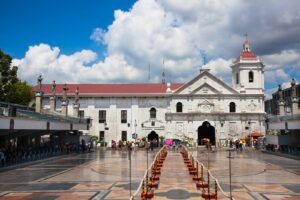
Museo Basilica Del Santo Nino
The museum was first established in the year 1965 by Rev. Fr. Ambrosio J. Galindez, O.S.A., mainly for the purpose of commemoration of the fourth

The museum was first established in the year 1965 by Rev. Fr. Ambrosio J. Galindez, O.S.A., mainly for the purpose of commemoration of the fourth
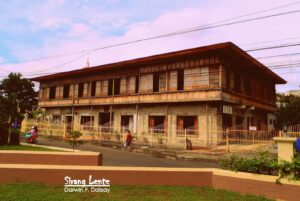
Archdiocesan Museum of Cebu is the only ecclesiastical museum in the country that is completely housed in a Spanish-era rectory restored for use as a
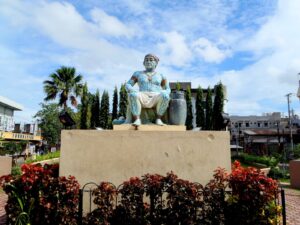
Rajah Humabon, the ruler of Cebu, a thriving trading post and settlement since the 10th century, was known as Hamabar. Humabad was another name for
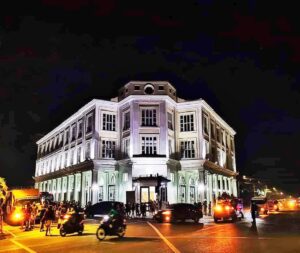
The Sugbo Chinese Heritage Museum envisions itself to be “the leading institution in the appreciation, preservation and promotion of the Chinese-Cebuano heritage and cultures”. It
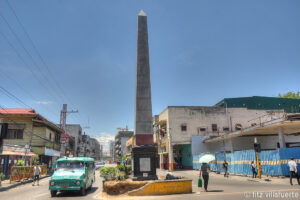
The Colon Obelisk marks the start of Colon Street, the oldest street in the Philippines established in 1565 by Miguel Lopez de Legazpi. Colon is
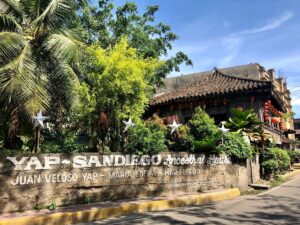
The Yap-San Diego Ancestral House in Parian, Cebu City is said to be the first Chinese house built outside of China. It was constructed during
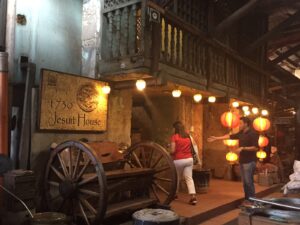
The Jesuit House or Museo De Parian is possibly one of the country’s oldest houses, having been built centuries ago, allegedly during the same century
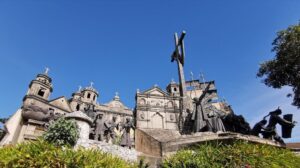
The Cebu Heritage Monument is a depiction and illustration of sculptures reflecting major and symbolic events in Cebu’s history, from Rajah Humabon’s period until the recent
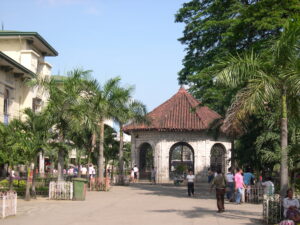
Magellan’s Cross Pavilion is a stone kiosk in Cebu City, Philippines. The structure is situated on Plaza Sugbo beside the Basilica del Santo Niño. It